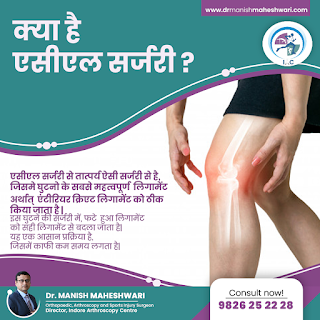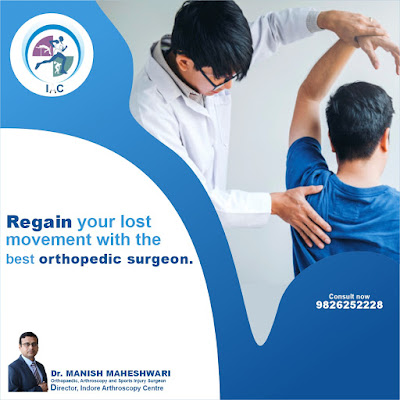Dos and Dont's After ACL and MCL Tear and Surgery.
An ACL (Anterior Cruciate Ligament) or MCL (Medial Collateral Ligament) are two ligaments that have a major role in giving stability to the knee and also helps the knee function properly. The ligaments connect the thigh bone to the shin bone and keep the bones in the proper place when in motion. These ligaments are prone to injury if you are involved in active sports due to the high amount of wear and tear they are subjected to. It is not only sports activities that can be damage an ACL or an MCL, it could also be damaged due to bearing of heavy weight, sudden movements of the knee during daily routines or age-related wear and tear. These ligaments are crucial in the working of the knee properly and could cause severe discomfort and hampering of normal functions and movements of the knee. This could be very painful and can hinder very normal easy daily routines like walking too. These injuries may sometimes be so minor that they would be healed by proper rest and physical therapy. The major kind of injury to the ACL and MCL ligament sometimes needs to be rectified by surgery and in some cases that might only be the option.
If surgery is done to rectify the injury then the recovery back to full action would take a good nine to twelve months. The recovery or the rehabilitation process starts immediately after the surgery, in most cases, the patient can return home the same day. The patient will be advised to keep his ankles in motion at regular intervals to support good blood flow to his legs and an elevated leg position to restrict blood clots and accumulation in the legs. They will also be made to practice walking the same day with aids likes crutches and knee braces.
The rest of the range of motions will be brought into practice gradually one by one in the coming weeks with the help of a physiotherapist and a lot of grit and determination from the patient to do the regular exercise sessions and bear the pain.
The wound has to be kept dry and clean and bathing would be restricted to sponging for a few days till the wound heals. This pain management has to be done with pain killers or medications prescribed by your medical consultant.
Rehabilitation through gradual physical therapy and proper strengthening of muscles around the knee will certainly help you get back on your feet slowly but steadily. Walking, running and swimming will be restricted for a certain period specified by the doctor.



Comments
Post a Comment